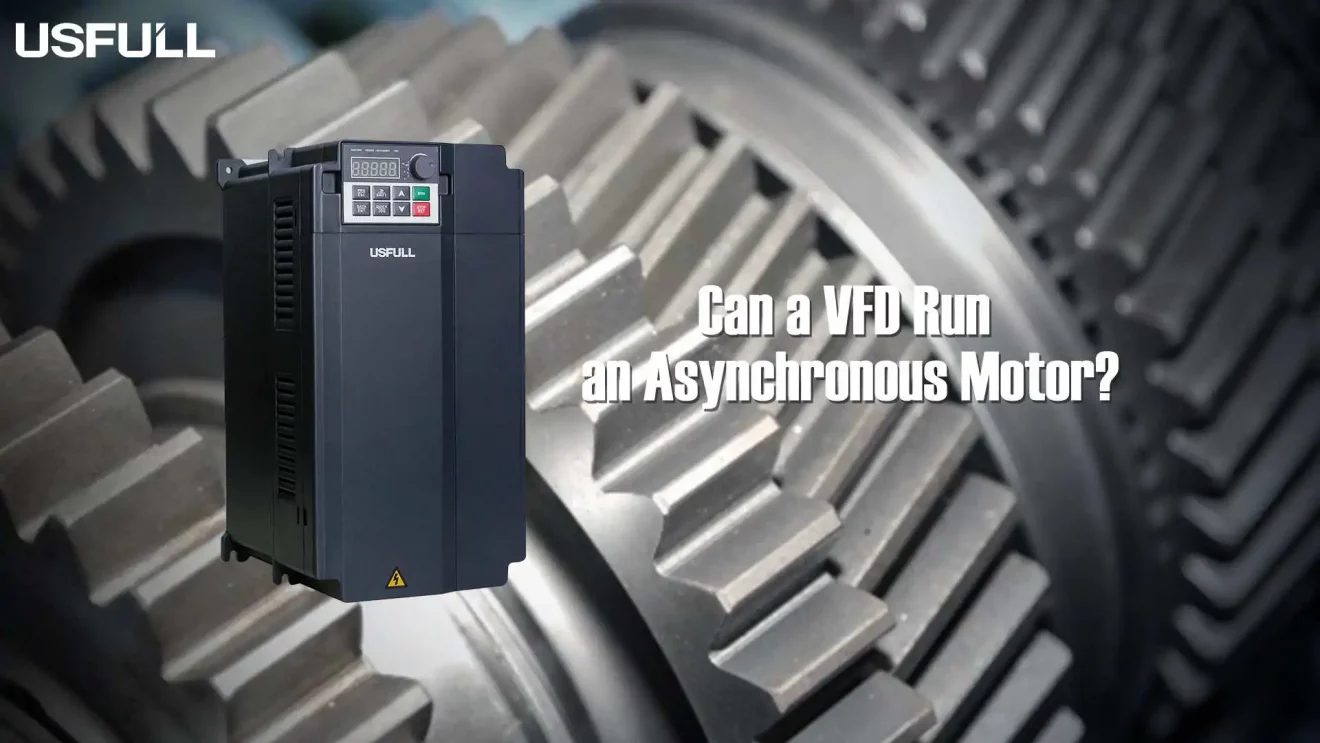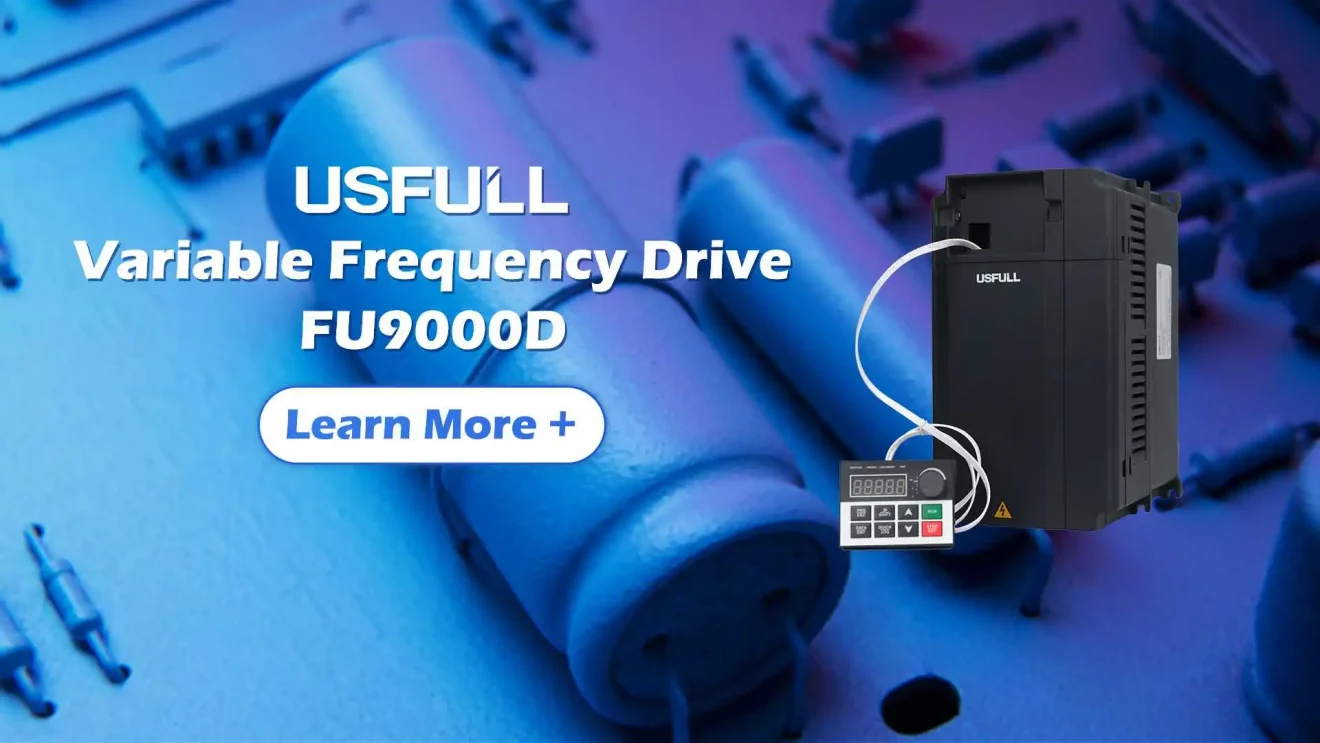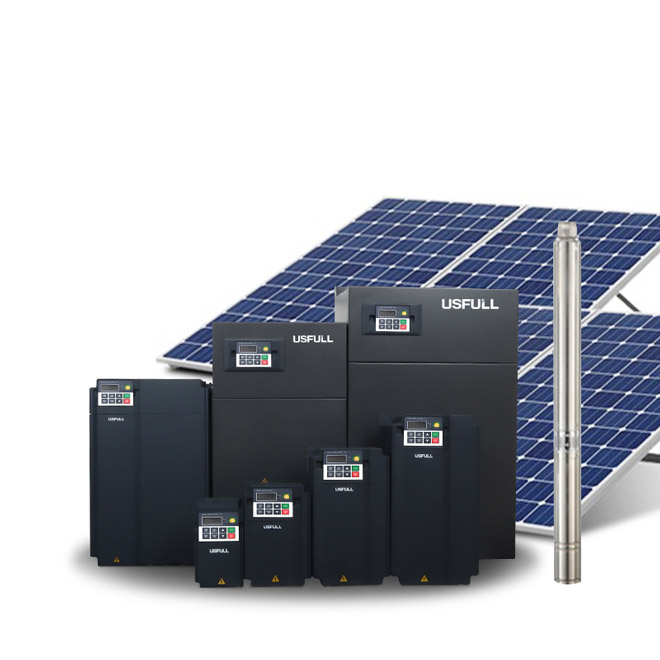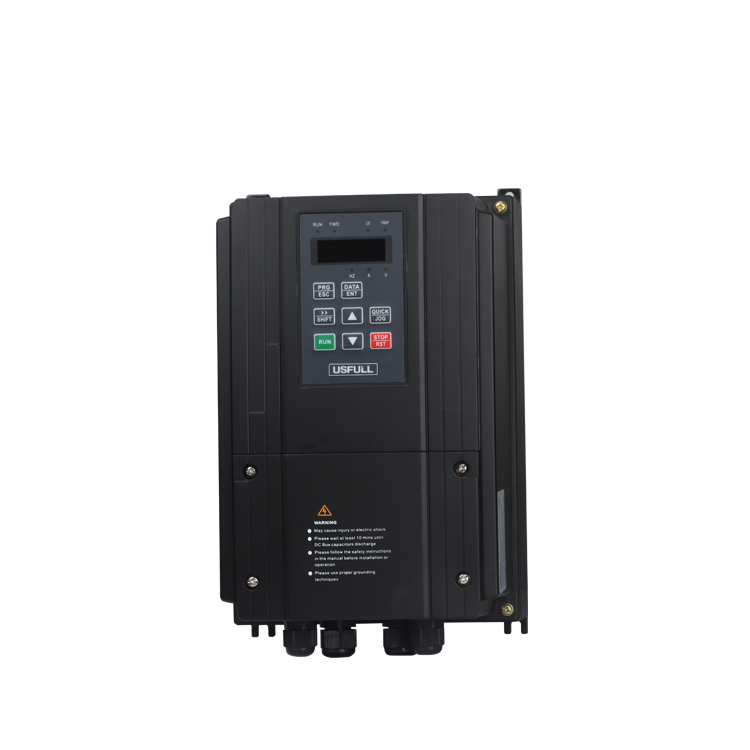Many industries struggle with inefficient motor performance, leading to wasted energy and high operational costs. Without proper control, motors consume excessive power and wear out faster. A Variable Frequency Drive (VFD) optimizes motor speed, reduces energy consumption, and extends motor lifespan, making operations more efficient and cost-effective.
Yes, a Variable Frequency Drive (VFD) can run an asynchronous motor by adjusting its frequency and voltage supply. This allows for precise speed control, improved energy efficiency, and smoother motor operation, making it ideal for industrial applications.
Understanding how a VFD operates with an asynchronous motor can help maximize performance and efficiency. Let’s explore this in detail.

How Does a VFD Work with an Asynchronous Motor?
A Variable Frequency Drive (VFD) controls an asynchronous motor by converting the fixed-frequency AC supply into a variable-frequency AC output. This process involves three key stages:
- Rectification:Converts AC power into DC.
- DC Bus:Stores and smooths the DC voltage.
- Inversion:Converts DC back into AC at a variable frequency and voltage.
By varying the frequency, a VFD enables smooth speed adjustments without mechanical components, reducing wear and improving efficiency.
Why Use a VFD for an Asynchronous Motor?
Using a variable frequency inverter for an asynchronous motor offers multiple benefits:
- Energy Savings:A VFD optimizes motor speed based on demand, reducing unnecessary power consumption.
- Extended Motor Life:Soft start and stop features minimize electrical and mechanical stress.
- Precise Speed Control:Adjustable frequency settings allow fine-tuned performance for various applications.
- Reduced Maintenance Costs:Lower operational stress results in fewer breakdowns and longer service life.
What Are the Common Applications of VFDs with Asynchronous Motors?
VFDs are widely used in industries where speed control is critical. Some common applications include:
- HVAC Systems:Fans and pumps adjust speed based on airflow demand.
- Conveyors and Material Handling:Ensures smooth movement and energy efficiency.
- Water Pumps:Optimizes pressure and flow rate to save energy.
- Machine Tools:Enhances precision and operational flexibility.
By integrating a variable speed drive (VSD), businesses can optimize energy usage and improve overall productivity.
How to Select the Right VFD for Your Asynchronous Motor?
Choosing the correct variable frequency inverter depends on several factors:
- Motor Power Rating:Ensure the VFD matches the motor’s voltage and current capacity.
- Load Type:Consider constant torque or variable torque applications.
- Control Features:Look for advanced functions such as PID control, braking, and overload protection.
- Environmental Conditions:Some VFDs are designed for harsh conditions with dust or moisture protection.
Selecting a high-quality VFD ensures reliable performance and long-term cost savings.

Conclusion
A VFD can efficiently run an asynchronous motor, enhancing energy savings, performance, and longevity. Proper selection and application lead to optimal results.



